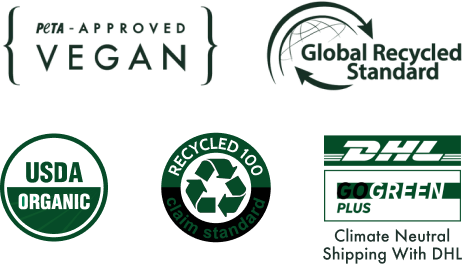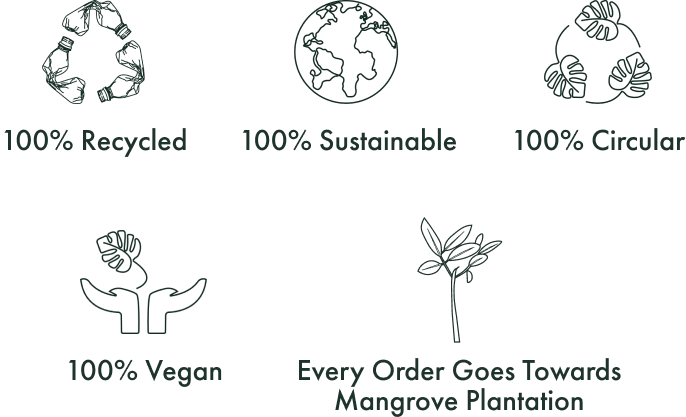Leather has long been prized for its durability, luxury, and timeless appeal. However, the environmental costs associated with traditional leather production are significant, prompting an increasing number of consumers to seek alternatives. In recent years, vegan leather has emerged as a popular and sustainable option. But how do these two materials truly compare when it comes to their environmental impact?

The Environmental Cost of Traditional Leather
Traditional leather is made from animal hides, primarily sourced from cows. The process of turning raw hides into leather involves several stages, including tanning, dyeing, and finishing. Each of these steps requires the use of chemicals like chromium, which can be harmful to the environment. Furthermore, leather production is water-intensive, with vast amounts of water required to process the hides. According to some studies, it takes approximately 15,000 liters of water to produce just one kilogram of leather.
Additionally, the livestock industry itself contributes significantly to environmental issues. Cattle farming is a major driver of deforestation, particularly in regions like the Amazon rainforest, and it generates high levels of greenhouse gas emissions, particularly methane. As the demand for leather continues to grow, the environmental impact of these practices only intensifies.
The Rise of Vegan Leather
Vegan leather, on the other hand, is made from a variety of non-animal materials. These include plant-based substances like cork, apple peels, bamboo stems and pineapples, as well as synthetic materials such as polyurethane (PU) or polyvinyl chloride (PVC). Vegan leather is often marketed as a more sustainable option due to the fact that it doesn't rely on animal products or the intense environmental toll of livestock farming.
When comparing the production of vegan leather to traditional leather, the key environmental benefits lie in the raw materials used. For instance, plant-based leathers are biodegradable and often use far less water in their creation. The production of synthetic vegan leather, while not without its environmental challenges (such as the use of plastic-based materials), typically has a smaller carbon footprint compared to the livestock industry and the tanning process.

A Holistic Approach to Sustainability
Ultimately, the decision between traditional leather and vegan leather isn’t just about comparing their environmental impacts but considering the broader picture of sustainability. Traditional leather, tied to the livestock industry, has a large carbon footprint, whereas vegan leather, particularly plant-based options, offers a more sustainable alternative. Plant-based leathers, which reduce reliance on plastic and harmful chemicals, provide a cruelty-free, eco-friendly solution that aligns with the values of sustainability.
Vegan leather, especially those made from natural materials, consistently proves to be a more sustainable choice compared to traditional leather. As more brands innovate with eco-friendly materials, the future of fashion looks not only more humane but also kinder to the planet.
If you're looking to make a positive impact with your wardrobe, choose brands committed to using sustainable materials and practices. By switching to vegan leather, you're supporting a future where fashion benefits both people and the planet.


 Search
Search








